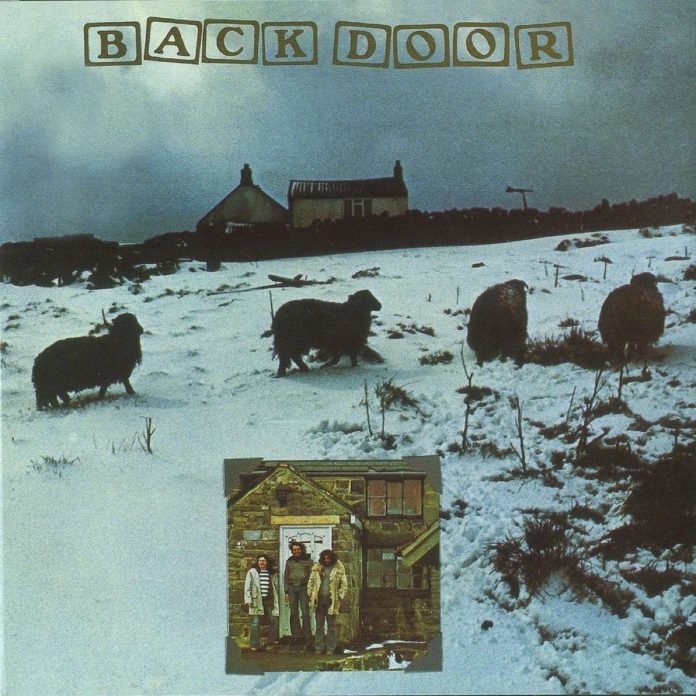The story of Back Door’s rise to fame is retold with monotonous regularity in each week’s music press, so it seems unnecessary to recount it yet again. Their spot with Chick Corea at Scott’s last autumn set them up in London, and after the record companies realised people were coming back to hear Back Door rather than Corea, the wrestling match began in earnest. WEA won and reissued the group’s privately recorded album (BLP 5989), thereby robbing misers like myself of an instant collector’s piece. Good for them.
Much of Back Door’s appeal lies in the brevity of their numbers – none of them last for more than 3 or 4 minutes – and this flaunting of commonly held rules, together with quick changes in rhythm and mood, makes each one a concentrated power-pack, like a Mahavishnu Orchestra single with humour. Musical allusions abound, but their allegiance to the blues is basic, and however reminiscent of Ornette Coleman the line-up may be, however much Aspery hints at either Coleman, Coltrane or even Kirk, Back Door’s unique identity remains intact; rather, these allusions are momentary illusions, and the result defies most of the meaningless associations and comparisons they’ve been subjected to.
Hodgkinson’s Fender-bass playing is quite revolutionary: whether he’s playing in tight unison or close harmony, playing note-bending solos or using acoustic-type fingering, he always manages to fulfil a role as bass, rhythm and lead guitar all at once. Quite simply, nobody’s played bass like it before. Catcote Rag is his solo, but it’s a shame Warner couldn’t have slipped in his famous vocal, 32-20 Blues. Hicks’ drumming is flawlessly efficient, and Aspery moves with startling versatility from balladic flute on Plantagenet to lyrical soprano on Turning Point to rasping alto on the rockier tracks like Jive Grind.
Despite the quality of this musicianship, or perhaps because of it, nobody upstages another, each is integral and none subservient. Accepted instrumental roles are delightfully broken and the playing is complementary in a way which has rarely been achieved before. Askin’ The Way is my favourite, partly because it demonstrates this interplay completely, but chiefly because it’s a typically fine Aspery-Hodgkinson composition in that it embodies a delicious ballad and a strident blues riff with such ease. At any rate it sums up what Back Door are all about, not least plain fun.
Like the man said, it’s time they got in through the front, but if this is at the expense of over-publicity, I will remain slightly perturbed. So far, thankfully, Back Door’s unassuming honesty and sense of humour have taken care of that.
Discography
Vienna Breakdown; Plantagenet; Lieutenant Loose; Askin’ The Way; Turning Point; Slivadiv (15½ min) – Jive Grind; Human Bed; Catcote Rag; Waltz For A Wollum; Folksong; Back Door (13½ min)
Colin Hodgkinson (bs-gtr); Ron Aspery (alt/sop/ fit); Tony Hicks (dm). London, 3 & 4/6/72.
(Warner Bros K 46231 £2.17)
















